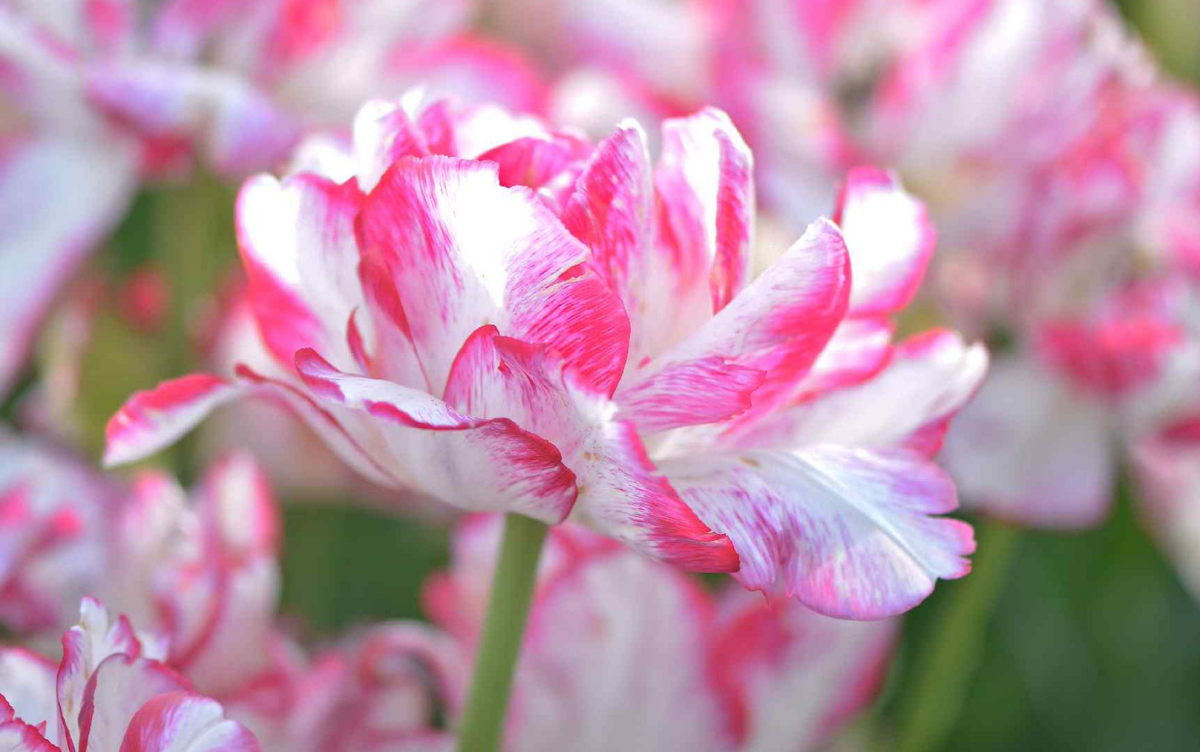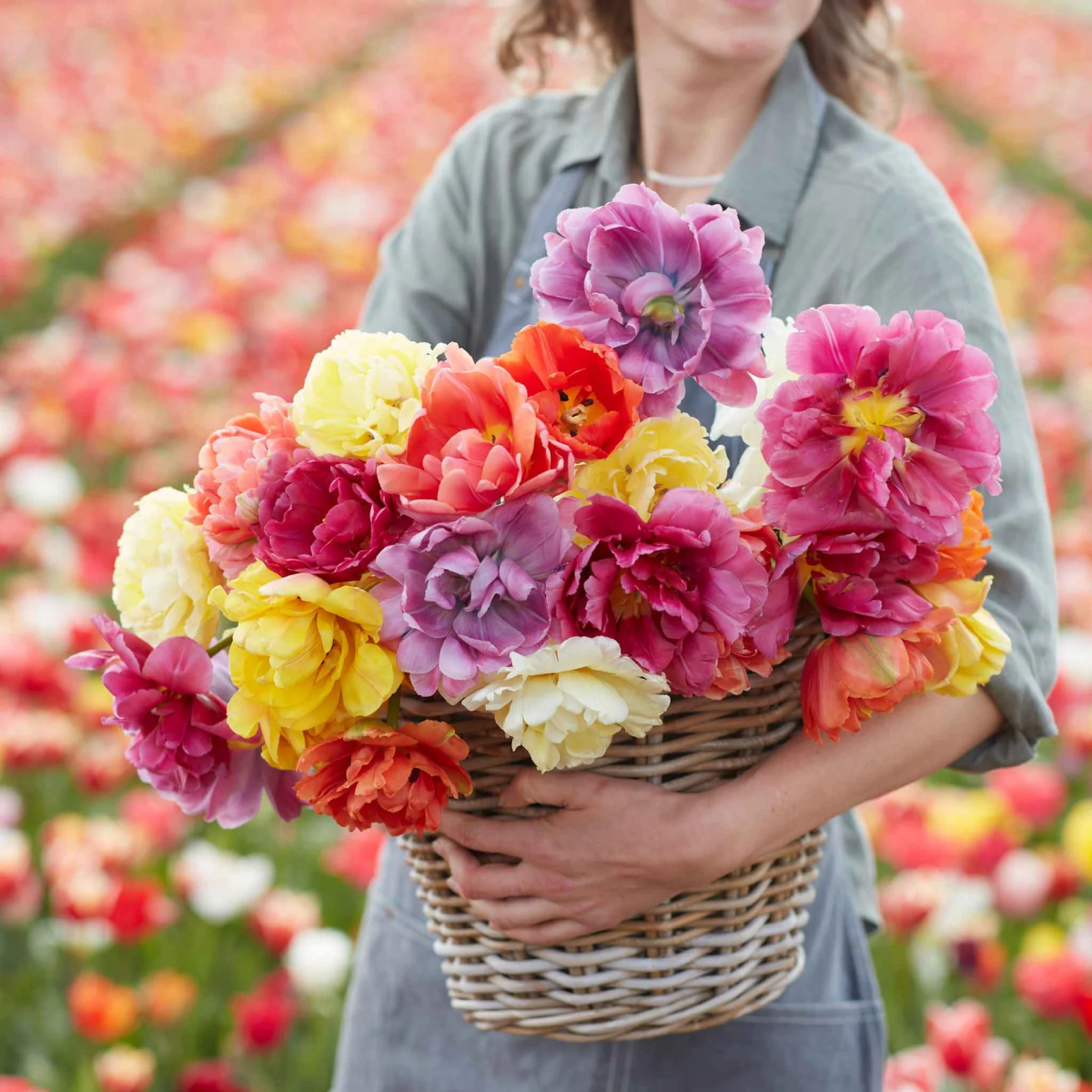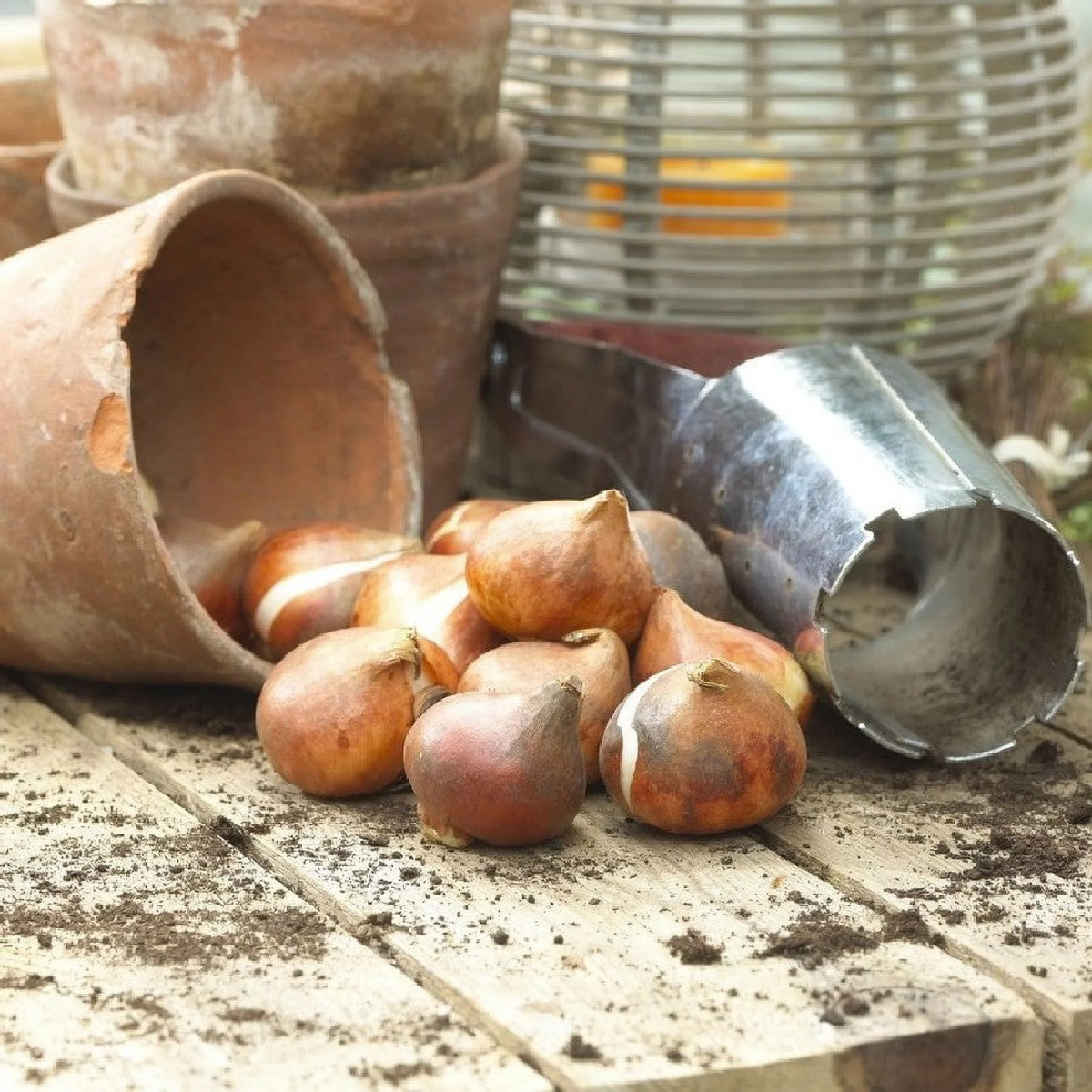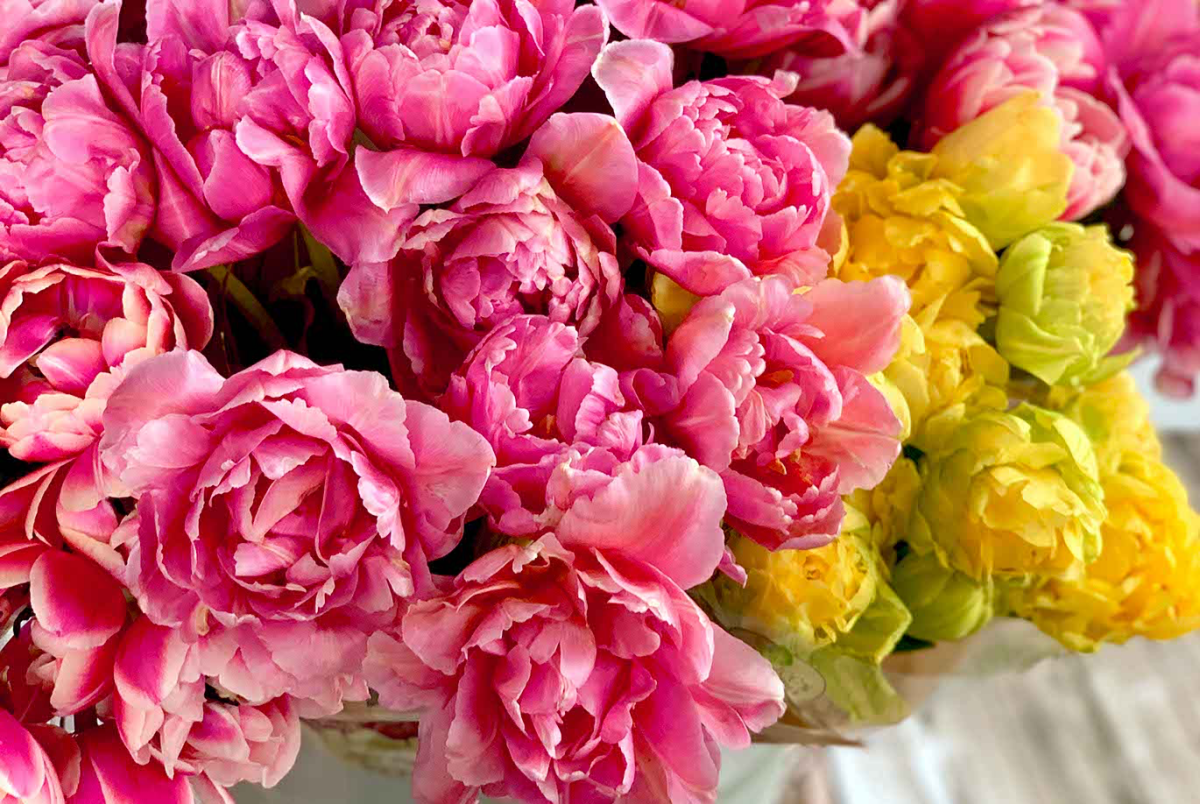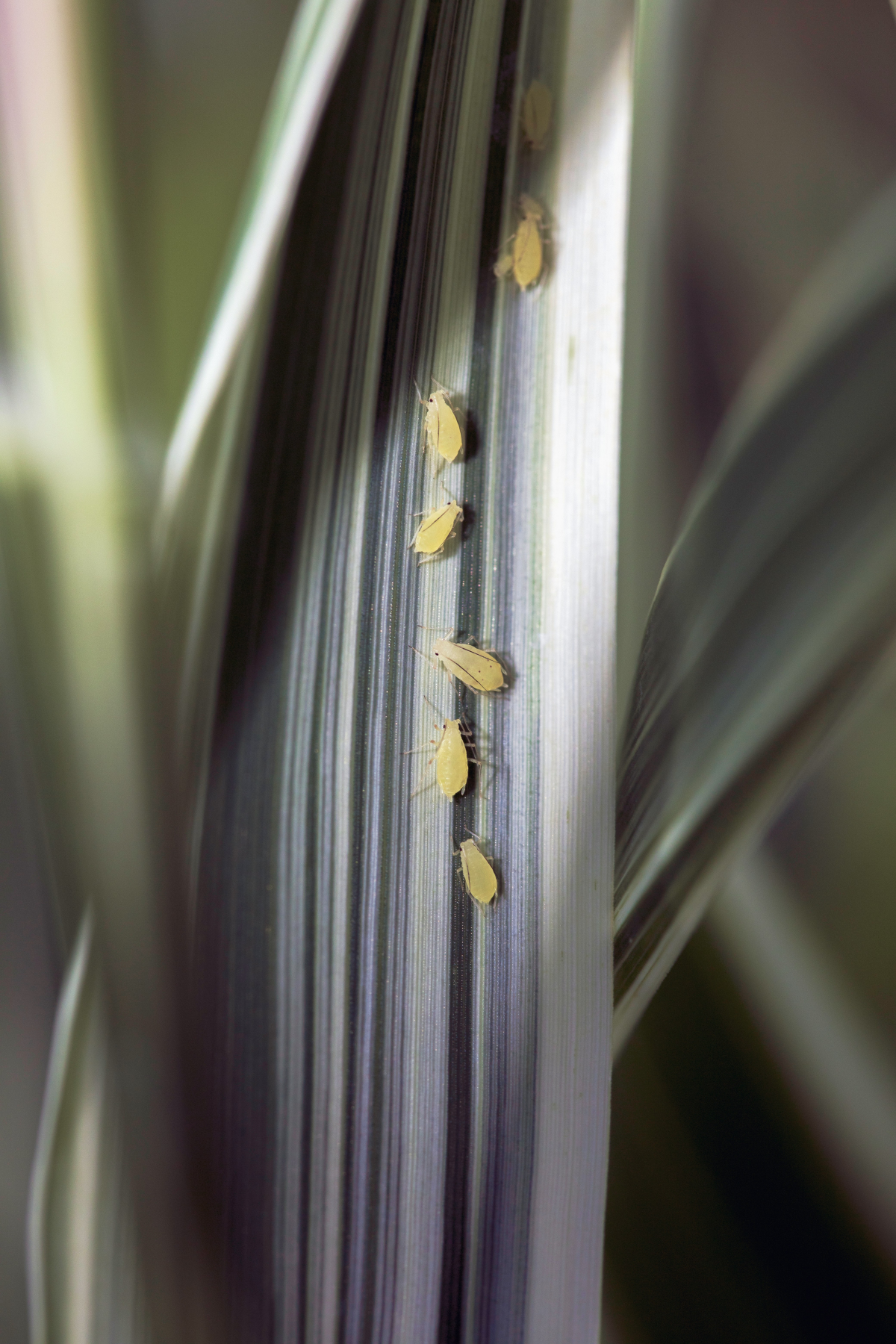Blooming Marvels: The Ultimate Guide To Growing Peony Tulips
Peony tulips are the crown jewels of the spring garden. They offer an unparalleled display of color and form. These enchanting blooms, reminiscent of lush peonies, are a source of pride for garden enthusiasts and a symbol of gardening prowess. The journey of nurturing these flowers from bulbs to breathtaking blooms is akin to painting a living canvas. Each petal contributes to a masterpiece. Their presence in the garden elevates the landscape and infuses it with a spectrum of colors and a luxurious texture that captivates the eye. The process of growing peony tulips involves more than just basic gardening skills. It needs a touch of love. Today, we will show you how to grow these marvelous flowers like a pro.
Peony tulips are the crown jewels of the spring garden
In this article
How To Grow and Care for Peony Tulips
Peony tulips have a rich heritage and amazing botanical evolution. These flowers have humble origins, as they have been meticulously cultivated and hybridized over the years. Thus, leading to an array of varieties, each more stunning than the last. These varieties showcase a diverse palette. Ranging from the delicate pastel shades of varieties like ‘Foxy Foxtrot’ to the bold, vibrant splashes of color seen in ‘Red Princess’. The diversity extends beyond color. Each variety features a distinct petal arrangement and bloom size, making them a versatile choice for any garden design. This array of choices allows gardeners to express their creativity, using peony tulips as living art to create dynamic, eye-catching garden displays that change and evolve with each blooming season.
Each variety features a distinct petal arrangement and bloom size
Choosing the right bulbs
Embarking on your peony tulip journey begins with selecting the right bulbs. The key is to choose bulbs that are firm and free of any blemishes, which is often a good indicator of health. Opt for purchasing from reputable suppliers to ensure quality. The size of the bulb plays a crucial role as well. Typically, larger bulbs have a greater potential to yield more vigorous and floriferous plants. This choice sets the foundation for the eventual success of your blooms. Consider it an investment in your garden’s future beauty, where each bulb holds the promise of a stunning spring display.
The key is to choose bulbs that are firm and free of any blemishes
Planting
Planting peony tulip bulbs at the right time is essential for optimal growth. The ideal period is in the fall, specifically a few weeks before the ground begins to freeze. This timing allows the bulbs to establish roots before winter. Select a location that receives ample sunlight and has well-draining soil, vital for preventing bulb rot. Plant the bulbs approximately 6 inches deep and space them 4 to 6 inches apart, ensuring the pointy end faces upwards. The soil’s pH level should be neutral to slightly acidic to promote the best growing conditions. Proper planting sets the stage for the bulbs to thrive and bloom come spring.
Planting peony tulip bulbs at the right time is essential for optimal growth
Watering
Water plays a critical role in this plant’s growth cycle. Immediately after planting, it’s crucial to water the bulbs generously. This initial watering helps to settle the soil around the bulbs and provides the moisture needed to initiate root growth. As the growing season progresses, moderate watering is key. The goal is to maintain a balance. The soil should be kept moist but never waterlogged. Overwatering is a common pitfall that can lead to bulb rot, a detrimental condition for your tulips. It’s advisable to allow the soil to dry out slightly between waterings. This practice encourages healthy root development and prevents the oversaturation of the soil, ensuring your peony tulips have the optimal environment for growth.
Water plays a critical role in this plant’s growth cycle
Feeding
Nutrition is as important for peony tulips as it is for any living organism. To ensure they have all they need for a stunning bloom, a balanced, slow-release fertilizer should be applied at two critical stages. The first application should be made during planting. This initial feed provides the bulbs with essential nutrients that support early root development and bulb health. The second application should coincide with the onset of spring, as the tulips begin to emerge and prepare for blooming. This spring feeding replenishes nutrients used over winter and gives an extra boost to support lush, vibrant blooms. Proper feeding not only enhances the quality and longevity of the flowers but also bolsters the overall health of the plants.
The first application should be made during planting
Sunlight and temperature
Sunlight and temperature are pivotal factors in the flourishing of peony tulips. These flowers are sun-lovers, thriving best in full sunlight. However, they are adaptable and can also tolerate partial shade, making them versatile for various garden locations. As for temperature, peony tulips favor cooler conditions. To safeguard the plants from unexpected late spring frosts, apply a protective layer of mulch. This not only insulates the bulbs but also helps in moisture retention and weed control. By ensuring the right balance of sunlight and temperature, you are well on your way to cultivating a spectacular bloom display.
These flowers are sun-lovers
Pruning
Pruning and maintenance are vital for the longevity and vigor of peony tulips. One of the key practices is deadheading, which involves removing spent blooms. This process is crucial as it prevents the plant from expending energy on seed production and instead redirects it towards strengthening the bulb for the next growing season. Equally important is the handling of the foliage. It might be tempting to cut back the leaves once the flowers have faded, but patience is key. The foliage should be allowed to yellow and die back naturally. This period is when the plant is photosynthesizing and storing energy in the bulb for next year’s growth. Cutting the leaves too early can weaken the bulb. Proper pruning and maintenance ensure that your tulip bulbs remain healthy and productive, ready to produce another season of stunning blooms.
The foliage should be allowed to yellow and die back naturally
Pests and diseases
Maintaining the health of peony tulips involves vigilant pest and disease management. One of the common pests to watch out for are aphids, which can harm the plants by feeding on their sap. Additionally, tulip fire disease, caused by a fungal infection, is another threat that can damage both leaves and blooms. To mitigate these risks, regular inspections of your tulips are essential. Catching problems early can make a significant difference in managing them effectively. Implementing good gardening practices is also crucial in prevention. Ensure adequate spacing between plants to promote good air circulation, which reduces the likelihood of pests and diseases. Such proactive measures help in maintaining a healthy and flourishing tulip garden.
Maintaining the health of peony tulips involves vigilant pest and disease management
Growing peony tulips may seem like a challenge, but with these guidelines, you’re well on your way to having a stunning display in your garden. Remember, gardening is a journey filled with learning and discovery. Embrace each step, and don’t be afraid to experiment. The reward of seeing your garden come to life with the vibrant colors and lush blooms of peony tulips is truly unmatched. Happy gardening!
Growing peony tulips is a rewarding experience
